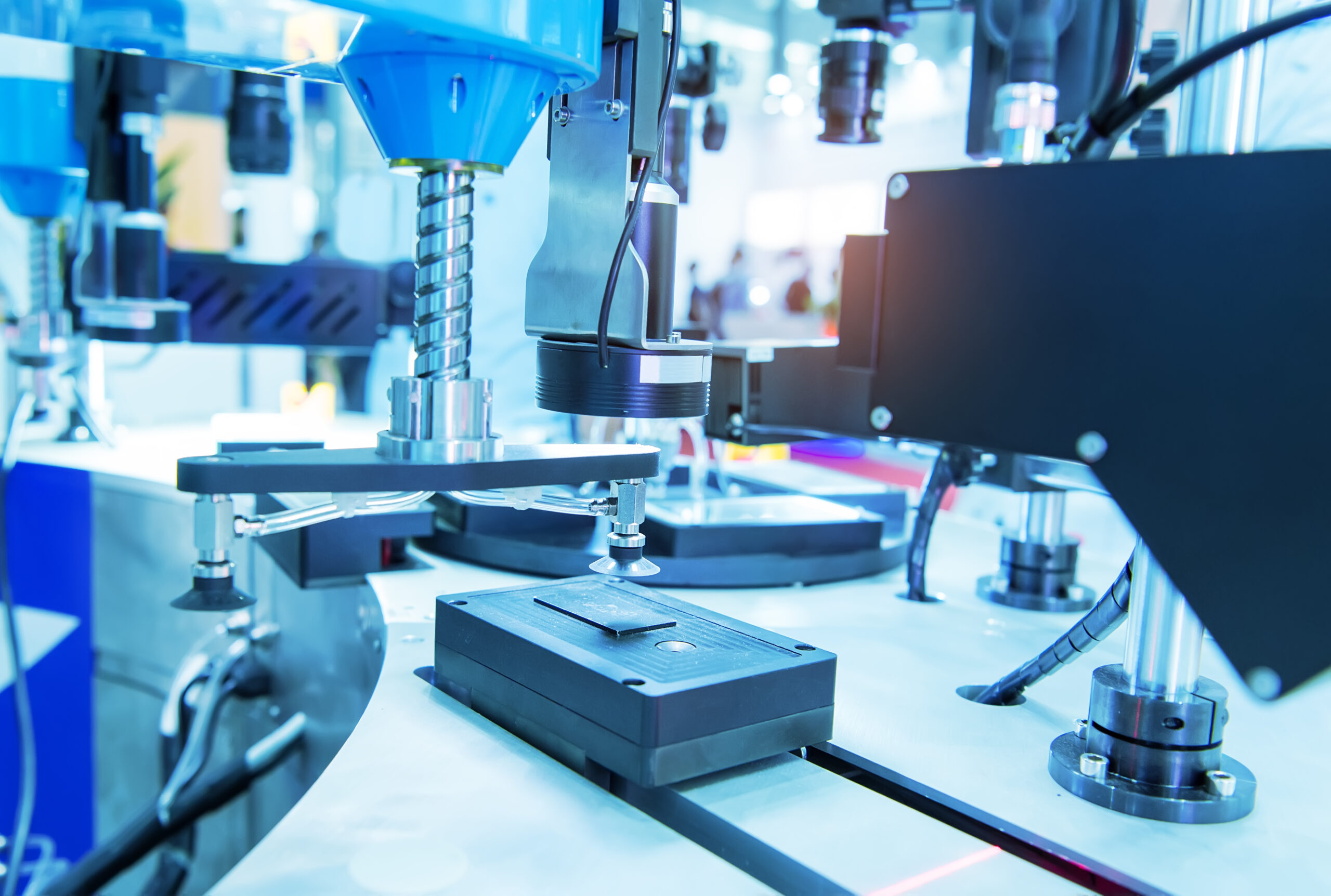Packaging validation is more than just a regulatory requirement—it’s a fundamental aspect of medical device safety. The packaging system protects the device from contamination, physical damage, and environmental factors like moisture, heat, and microbial infiltration. If the packaging fails, the device may not function as intended, leading to adverse outcomes for patients or users.
A well-validated packaging process ensures that the packaging meets the necessary performance criteria, such as maintaining sterility throughout its shelf life, handling distribution stresses, and maintaining product integrity during transport and storage. It also provides documented evidence that the packaging complies with the stringent standards set by regulatory bodies like the FDA and ISO.
To ensure compliance with global standards, including ISO 11607 and FDA 21 CFR Part 820, medical device manufacturers must validate their packaging processes rigorously. Below are the primary components involved in packaging validation:
1. Design Qualification (DQ)
Design qualification ensures that the packaging system has been designed to meet the required specifications for maintaining device sterility and integrity. This includes defining the material composition, package dimensions, sealing methods, and environmental conditions the package will face throughout its lifecycle.
At this stage, it’s crucial to collaborate with suppliers to ensure that the packaging materials and equipment are suitable for the intended use and are capable of maintaining the performance requirements under real-world conditions.
2. Installation Qualification (IQ)
Installation qualification confirms that all packaging machinery, equipment, and systems have been installed correctly and are operating according to the manufacturer’s specifications. IQ ensures that the machinery is properly calibrated, clean, and ready for use in the packaging process. It also verifies that all safety features and alarms are functional.
The documentation collected during this stage should demonstrate that the equipment has been installed in a manner that complies with both internal company standards and regulatory guidelines.
3. Operational Qualification (OQ)
Operational qualification involves testing the packaging system to verify that it operates within defined parameters under standard operating conditions. This includes validating the packaging sealing process, ensuring that the seal strength is sufficient to prevent contamination while maintaining ease of use. Heat-sealing, vacuum sealing, and other methods must be thoroughly tested.
During OQ, you must determine the limits of your packaging equipment by running tests under various stress conditions, such as minimum and maximum sealing times or temperatures, to ensure consistent performance.
4. Performance Qualification (PQ)
Performance qualification evaluates how the packaging system performs under real-world conditions. This step involves packaging the medical device in a simulated or actual production environment and subjecting it to typical distribution, storage, and handling conditions. Environmental tests include temperature and humidity extremes, while distribution tests include vibration, impact, and compression scenarios.
During PQ, you must demonstrate that the packaging can maintain sterility and structural integrity throughout its intended shelf life and expected shipping and storage conditions. Additionally, labeling must remain clear and legible, with no damage to critical information.
5. Sterile Barrier Testing
For sterile medical devices, the packaging validation process must include sterile barrier testing to confirm that the packaging can prevent microbial contamination. This involves testing for seal integrity, microbial barrier properties, and packaging strength. Common tests include dye penetration, bubble tests, and microbial ingress testing.
Sterile barrier testing must be performed on both the packaging materials and the finished product to ensure that sterility is maintained from the moment the device is packaged to the moment it is used.
6. Shelf-Life Testing
Packaging validation also includes shelf-life testing to verify that the packaging system can maintain sterility and product integrity over time. This involves subjecting the packaging to accelerated aging tests to simulate long-term storage conditions. By doing so, manufacturers can determine the appropriate expiration date for the product and its packaging.
Real-time aging studies may also be required to complement accelerated tests, ensuring that the product’s packaging will remain effective for the duration of its intended use.
Packaging validation is a critical step in ensuring that medical devices maintain their sterility and integrity throughout their lifecycle. By following a structured validation process and adhering to regulatory guidelines, manufacturers can ensure that their packaging systems are reliable, safe, and compliant.
At EMMA International, we understand the complexities of packaging validation and the importance of complying with regulatory standards. Our team of experts has extensive experience in medical device quality management and can help you develop a packaging validation strategy tailored to your product and market.
With EMMA International’s expert guidance, medical device manufacturers can navigate the complexities of packaging validation with confidence. Contact us at 248-987-4497 or email info@emmainternational.com today to learn how we can help streamline your packaging validation efforts and ensure compliance with industry standards.





